Asura International Seminar
Tuesday March 01. 13:00-, 2016.
2016年3月1日(火)
Place
Large conference room, Primate Research Institute, Inuyama
霊長類研究所 大会議室
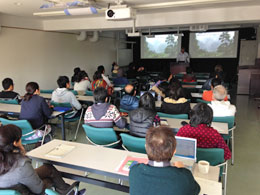
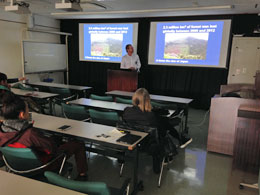
Talk
Prof. Colin Chapman
Professor, Dept. of Anthropology and McGill School of Environment, McGill University
Curriculum Vitae: http://chapmanresearch.mcgill.ca/Google Scholar Citation
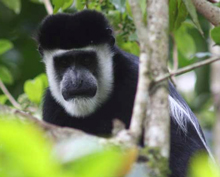
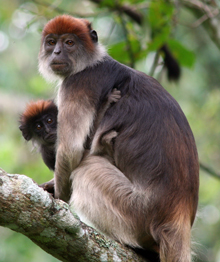
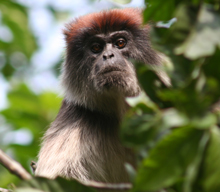
Title:
What determines animal abundance?
The roles of disease, nutrition, and stress
Abstract:
Despite strong links between sociality and fitness that ultimately affect animal population size, the particular social and ecological factors that lead to endangerment are not well understood. Here I synthesize ~25 years of data to evaluate the dynamics in forest composition, food availability, nutritional quality of food, disease, physiological stress, and population size of endangered folivorous red colobus monkeys. Over the last 3 decades there has been a significant decline in the quality of leaves. The consumption of a low quality diet in one month was associated with higher glucocorticoid levels in the subsequent month and stress levels in groups in degraded forest fragments where diet was poor was more than twice those in forest groups. In contrast, forest composition has changed and when red colobus food availability was weighted by the protein-to-fiber ratio, which we have shown to positively predict folivore biomass, there was an increase in the availability of high quality trees. Despite these changing social and ecological factors, the abundance of red colobus has remained stable, likely through a combination of increasing group size and behavioural flexibility.
参加者数:40人ほど